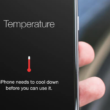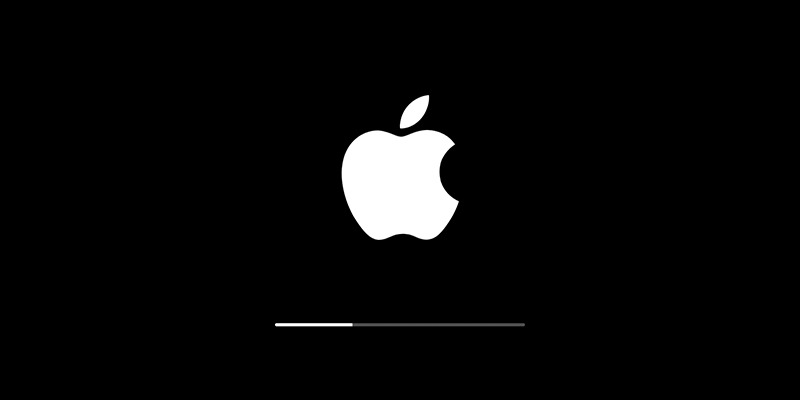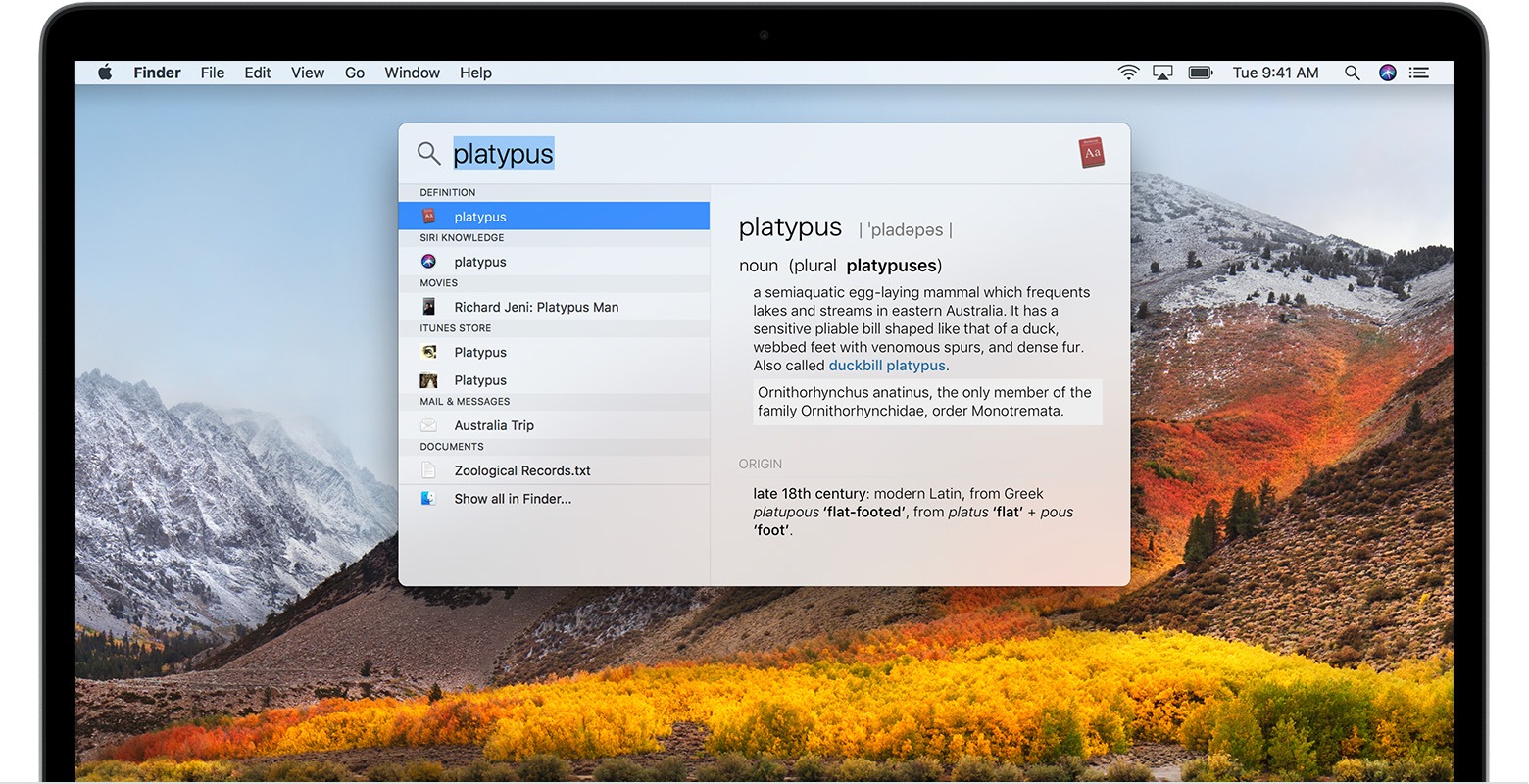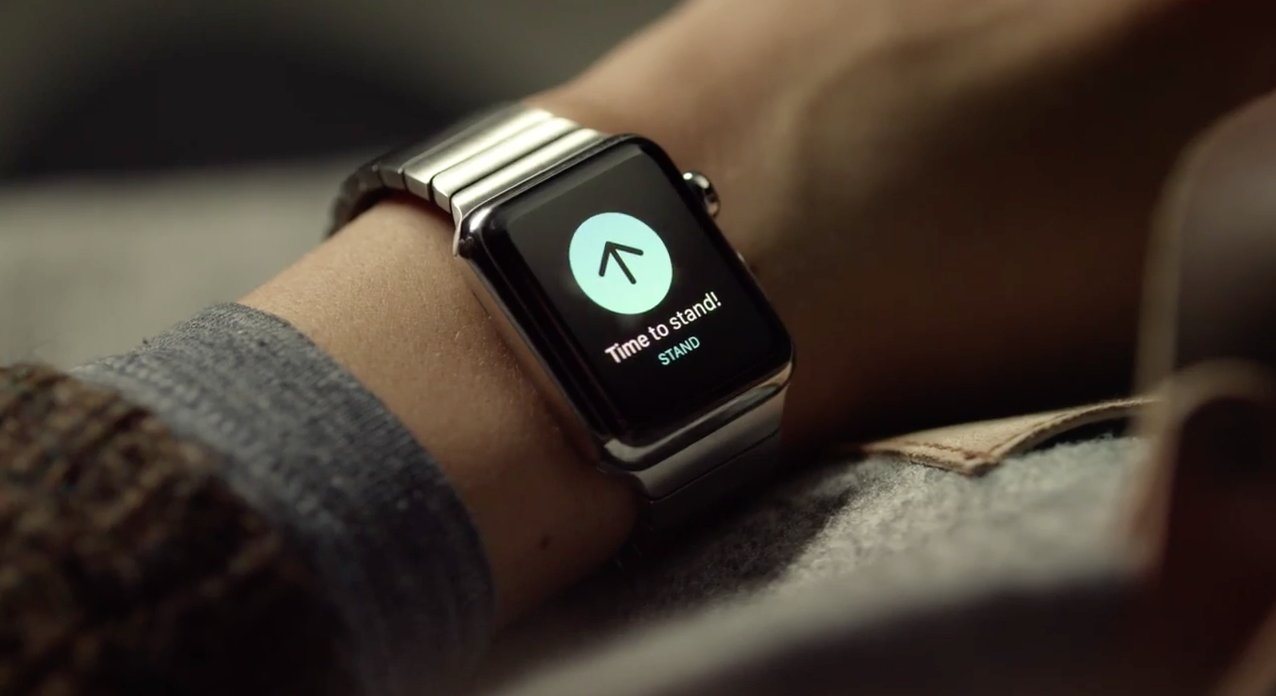Looking for a guide to help you fix your overheating MacBook Pro on macOS Big Sur?
You’ve come to the right place. While the macOS Big Sur is a long-awaited and much welcome update with all its new features, unfortunately, it does come with some problems.
Apple’s latest macOS release has been getting reports from MacBook users, saying that the operating system overheats their MacBooks. Although the issue is fairly recent, a lot of users are already affected by this.
So, what can you do to fix this problem? Luckily, we’ve found several methods that have worked well for other users and we’ll guide you through all of them today. Here’s how you can fix the overheating MacBook Pro problem on the new macOS Big Sur.
Let’s get started!
- 1. Foreword.
- 2. Reset Your SMC.
- 3. Reset Your NVRAM.
- 4. Look For The Problematic App.
- 5. Leave Your MacBook Alone For A While.
- 6. Reinstall macOS Big Sur.
- 7. Contact Apple’s Customer Support Team.
1. Foreword.
The overheating problem is most likely caused by a software issue on your computer. It is possible for your MacBook to overheat from hardware complications. However, since this happened after the Big Sur update, it’s safe to assume that it’s caused by software complications from Big Sur.
In that case, we’ll only be going over software related issues in this article. If you want to have your MacBook checked, you can try to look for an Apple Store near you. However, we recommend that you go through the methods below first.
2. Reset Your SMC.
The first two steps will involve restarting your MacBook in one way or another. This is particularly useful, since restarts will generally help fix software issues that are plaguing your device’s operating system.
In this method, we’ll be resetting your SMC. The SMC is a chip that’s responsible for your power functions and other configurations in your MacBook.
Resetting this will not delete any of your personal files, so don’t worry about losing any of your data. Now, there are a lot of ways that you can reset your SMC and the steps will vary depending on your MacBook model.
Here’s our thorough guide on how you can reset your SMC chip. The reset will revert most of your settings to their original configuration, which might seem like a hassle but it is worth the trouble if it fixes your MacBook.
3. Reset Your NVRAM.
Moving on, your NVRAM is also another portion of your MacBooks memory that also stores your settings and preferences. The NVRAM acts like a hard drive for your computer’s settings, so your MacBook turns on the same way you powered it off.
Having your NVRAM reset will revert your settings and preferences to their default orientation. Other than that, it doesn’t touch nor delete any of your personal files and apps that are currently installed in your MacBook.
Here’s how you can reset your NVRAM:
- First, you’ll need to shut down your MacBook.
- Once it’s off, power it on and press the Option + Command + P + R keys right away. Hold this down for about 20 seconds. Your MacBook might seem like it will restart somewhere during the 20-second period. This is completely normal.
- On the other hand, for MacBooks with the T2 Security Chip, you can take your fingers off those four keys once the Apple logo appears and disappears from your screen twice.
When you’re done with all of that, you can go ahead and reconfigure your settings back to how you preferred them. Start by opening your System Preferences window and see if your settings were reset or not. If they were, then the NVRAM was successfully reset.
4. Look For The Problematic App.
While we think that deleting an app is an unfair way of fixing this problem, it can be the only viable solution. Unfortunately, some programs have not yet fully adapted to the macOS Big Sur operating system and can cause your MacBook to overheat.
This is a common problem with big updates, where applications are usually delayed by a few weeks until they have a stable version. With that in mind, you don’t have to say goodbye to these apps forever since you can reinstall them when they have a more stable version ready.
Here’s how you can look for the problematic overheating app:
- Go ahead and press the Command and Spacebar key to access the Spotlight search.
- In here, look for and open ‘Terminal’.
- Once the Terminal has been opened, type ‘top’ and look for the most draining app that’s using most of your MacBook’s power.
- Finally, if you found the culprit, go ahead and either uninstall the program or just end the process through the Terminal.
That should clear your MacBook from the problematic app that was causing your MacBook to overheat. You can always look through the application’s website in a couple of weeks to see when their next stable update will be ready for you to download.
5. Leave Your MacBook Alone For A While.
We understand that this seems counterintuitive. However, there’s a real benefit to leaving your MacBook alone for a couple of hours. If the update was only recently done, chances are the Big Sur is still fully integrating your personal data into the operating system.
This is a very common occurrence that even happens with software updates on smartphones. If you have a couple of hours to spare, you can leave your MacBook somewhere cold so that it doesn’t overheat even more while it runs any necessary background processes.
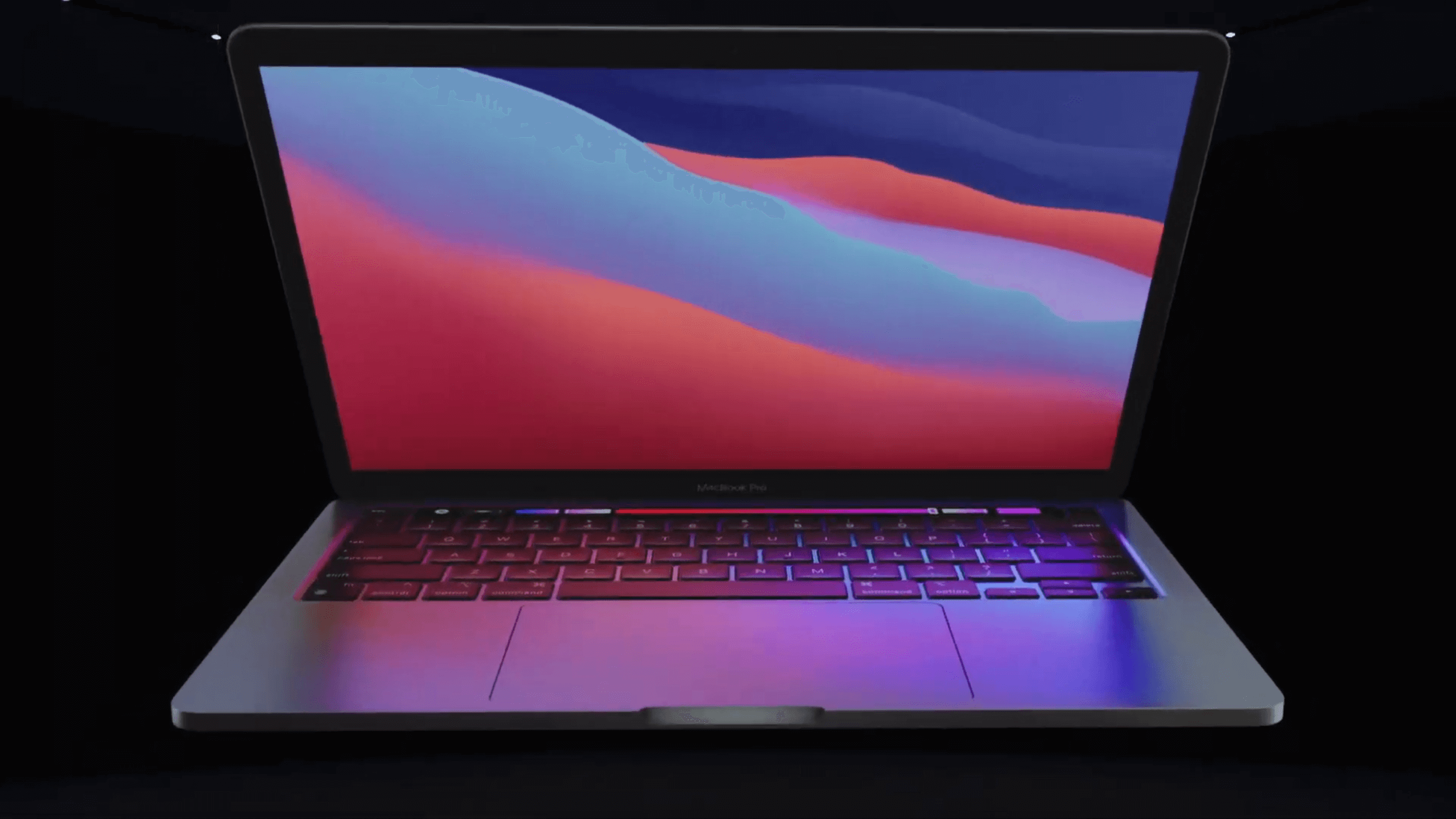
At the same time, now would be a perfect opportunity to take a break from all the technical support you’ve been doing.
6. Reinstall macOS Big Sur.
If you’ve already exhausted all the methods above, waiting several hours, all with no improvement to your MacBook, then it might be time to reinstall your macOS. Doing so will clear your current operating system—which may have software complications.
Luckily, reinstalling your macOS isn’t a complicated process and can easily be done using several methods. Furthermore, this will install the latest macOS version on your MacBook, which could be a more recent Big Sur version.
Reinstalling your operating system will not delete any of your personal files. However, it may delete some of the apps on your MacBook as well as revert any of your settings back to their original configuration.
This process can take a couple of minutes to hours, depending on your internet connection and the speed of your hardware. Make sure you’re connected to a stable internet network and have enough battery to last a couple of hours before you proceed.
Here’s how you reinstall the macOS Big Sur:
- For this step, we’ll go with the easiest way which is to turn off your MacBook and access recovery mode.
- After turning off your MacBook, power it up and immediately hold down the Option + Command + R keys simultaneously. Keep pressing on these keys until you can see the Apple logo or a spinning globe.
- A prompt might open up requesting for your password, but after that, you’ll be redirected to the macOS Utilities window.
- Finally, just click and select Reinstall macOS.
Now all that’s left to do is wait for the macOS to fully reinstall. Hopefully, this will fix your overheating MacBook Pro problem that came from the macOS Big Sur update.
Here’s a more thorough guide from us that you can use to navigate through this issue.
7. Contact Apple’s Customer Support Team.
Lastly, if even a reinstallation didn’t fix your problem, it might be the right time to contact Apple’s customer support team. Letting them know all the methods you’ve tried will help them troubleshoot your problem and assist you from here onwards.
Here’s how you can contact Apple’s support team. Additionally, you can also look for an Apple Store that’s near you so a professional electrician can have a look at the problem.

Optimistically, they should be able to fix the overheating problem you’re having on your MacBook Pro after updating to macOS Big Sur. If you have any questions or clarifications, feel free to leave us a comment down below.
If this guide helped you, please share it. 🙂



